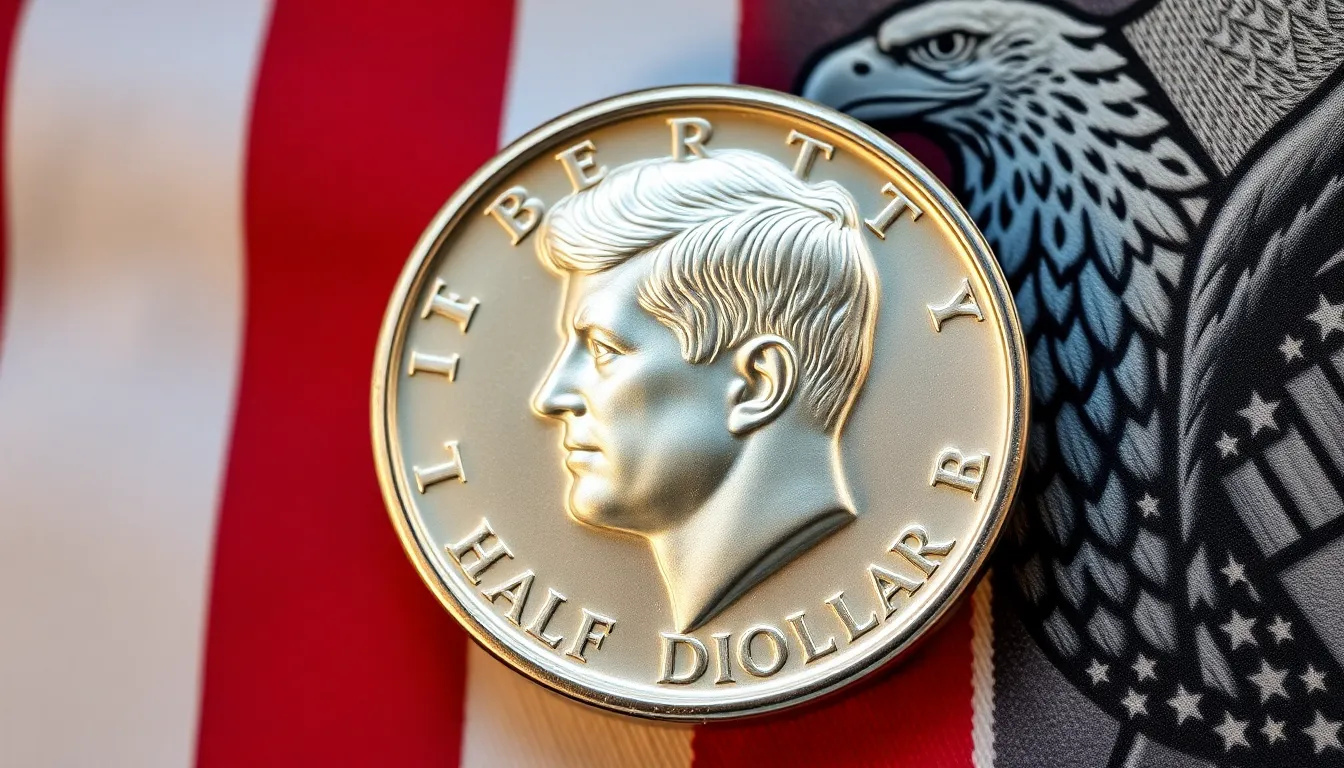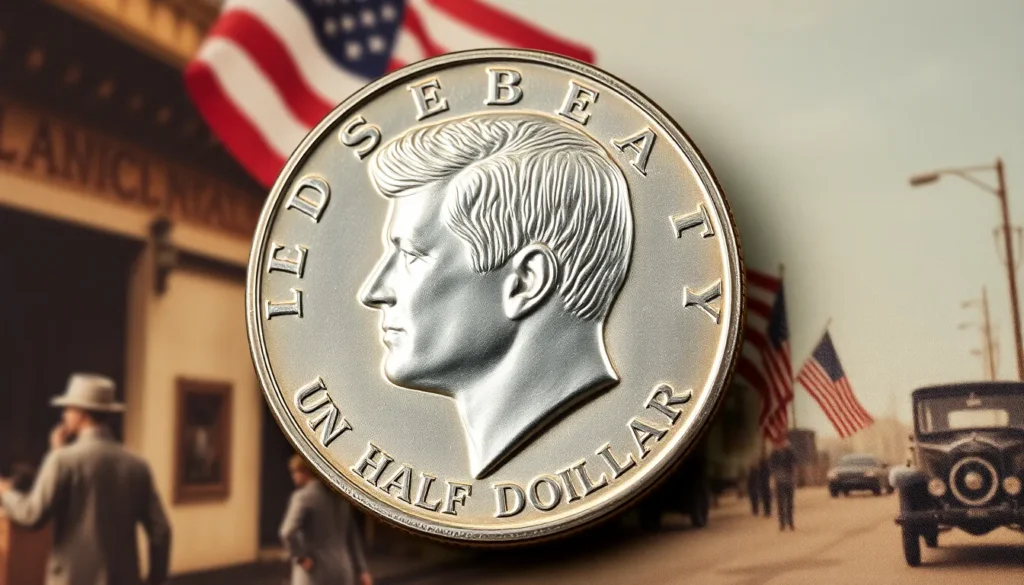Ever wondered who graces the half dollar? This seemingly simple coin packs a punch of history and intrigue. While most people might toss it aside for a shiny quarter, the half dollar has a story that’s worth its weight in, well, fifty cents!
Table of Contents
ToggleOverview of the Half Dollar
The half dollar coin carries a rich history within American currency. First minted in 1794, it represents a significant part of the nation’s financial evolution. Recognized for its larger size compared to other coins, it often goes unnoticed in circulation.
Features include notable engravings that celebrate American heritage. The obverse typically displays a portrait of a prominent historical figure, while the reverse showcases various designs, often reflecting national themes. For example, the John F. Kennedy half dollar, introduced in 1964, commemorates the 35th president of the United States.
Minting processes also play an essential role in the half dollar’s journey. Both the Philadelphia and Denver mints produce this coin, ensuring availability. Although primarily used for commemorative purposes, it circulates in limited quantities today.
Collecting half dollars is a popular hobby among numismatists. Many seek rare editions and error coins, adding to their value. Different years and mint marks contribute to significant variations in rarity and price, exemplifying the coin’s desirability among collectors.
The half dollar encompasses a distinctive blend of history, artistry, and collectibility. Its representation of American ideals through various designs continues to resonate with those who appreciate the nuances of U.S. currency.
Historical Significance

The half dollar coin holds substantial historical significance in American currency. Minted since 1794, it represents a vital stage in the evolution of U.S. money and economic growth.
Origins of the Half Dollar Coin
Minting of the half dollar began in 1794, symbolizing early American aspirations. The Coinage Act of 1792 authorized its creation as part of a broader effort to establish a robust monetary system. Early versions featured classical designs, reflecting the nation’s values and ideals. Known for its larger size, the half dollar differentiated itself from smaller denominations, enhancing its function in commerce. Over time, various redesigns have captured shifts in American history, adapting to reflect cultural changes.
Key Figures Featured
Many notable figures grace the obverse of the half dollar coin. Among them, Benjamin Franklin and John F. Kennedy stand out for their contributions to American society. Franklin’s portrayal appeared on the half dollar from 1948 to 1963, honoring his role as a founding father and inventor. The Kennedy half dollar, introduced in 1964, commemorated the late president following his assassination. Each figure not only embodies individual achievement but also symbolizes broader ideals significant to American identity. Use of their likenesses bridges historical context and artistic expression, making the half dollar both a collectible and a tribute to extraordinary lives.
Who’s on the Half Dollar
The half dollar features prominent figures from American history, enriching its design and significance. Two primary representations embody the spirit of this coin.
John F. Kennedy
John F. Kennedy’s portrait graces the obverse of the half dollar. This design first appeared in 1964, following his assassination, to honor his legacy and contributions to the nation. Collectors appreciate this coin for its emotional depth and historical context. The image was crafted by engraver Frank D. D. McNatt, capturing the essence of Kennedy’s leadership. Its silver composition and striking imagery resonate with both numismatists and casual collectors.
Other Notable Figures
Other historical figures have appeared on the half dollar, most notably Benjamin Franklin. Franklin’s portrait adorned the coin from 1948 to 1963, representing enlightenment and American ingenuity. His engraver, John R. Sinnock, aimed to portray Franklin in a dignified manner, emphasizing his impact on American society. The reverse of the coin often features various national symbols and themes, connecting to the rich heritage of the United States. Collectors actively seek coins featuring these significant figures, adding to the half dollar’s appeal.
Variations and Collectibility
The half dollar has seen numerous designs throughout its history, each reflecting different eras and national sentiments. The earliest editions featured the Liberty cap motif, symbolizing freedom. Historical designs include the Walking Liberty, notable for its artistic portrayal of Lady Liberty, embraced by collectors. John F. Kennedy’s portrait, introduced in 1964, remains significant, connecting with the public’s emotional landscape. Variations also appeared with limited editions and unique commemoratives, enhancing their appeal among enthusiasts.
Market value for half dollars varies widely due to factors such as rarity and condition. Key editions like the 1964 Kennedy half dollar often command higher prices. Mint errors attract collectors eager for unique specimens. Prices fluctuate based on demand, with internet auction sites providing insight into current values. Interest in half dollars remains strong, with collectors drawn to the historical narratives each coin conveys. Numismatists prioritize coins that tell a story, making the half dollar a fascinating choice for many.
The half dollar coin stands as a testament to America’s rich history and cultural evolution. Its unique designs and the prominent figures it features, like John F. Kennedy and Benjamin Franklin, make it a significant piece of numismatic heritage. While often overshadowed by more popular coins, the half dollar’s story and artistry continue to captivate collectors and history enthusiasts alike. As the coin finds its place primarily in commemorative uses today, its legacy remains strong. Collectors will always seek out rare editions and unique mint errors, ensuring that the half dollar retains its charm and value in the ever-evolving landscape of American currency.



